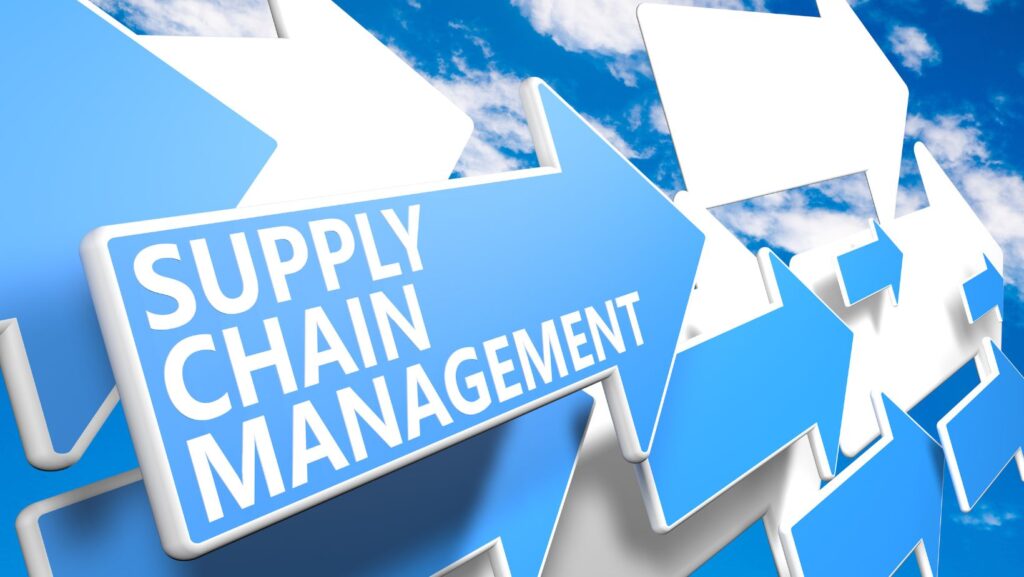
How to Implement an Automated Supply Chain Strategy in Your Organization
Automated supply chain is changing how companies manage their operations. With automation, tasks that were once slow now move faster. This is creating new ways for businesses to grow.
As more companies switch to an automated supply chain, the industry is evolving quickly. Automation is becoming the future of supply chain management. Companies are adapting to keep up with this rapid change.
In this blog, we will discuss how to implement an automated supply chain strategy in your organization.
Identifying Key Areas for Supply Chain Automation
Automating a supply chain can lead to better efficiency. Start by looking at areas that need improvement. Assess inventory management and order processing for potential gains.
Check for manual tasks that can be automated. This will free up your team’s time. Focus on enhancing areas that will most benefit from process automation.
Selecting the Right Technology and Tools for Automation
Choosing the right tools is key to successful automation. Evaluate software options that align with your needs. Make sure they support your supply chain management goals.
Consider systems with technology integration features. Look for user-friendly interfaces for ease of use. This ensures your team can adapt quickly and smoothly.
Integrating Automation with Existing Supply Chain Processes
Integration is crucial for seamless operations. Ensure new tools work well with established systems. This will help avoid disruptions during the transition.
Test the integration processes carefully. Use simulations to identify any issues. This allows for adjustments before full implementation.
Training Your Workforce for Automated Supply Chain Operations
Training is key to making automation work. Your team needs to understand the new tools. Hands-on sessions can help them feel more confident.

Keep offering learning resources so staff can stay updated. This way, they can adapt to new changes. A well-prepared team will make your operations run smoothly.
Monitoring and Optimizing Automated Systems for Efficiency
Regular monitoring of automated systems is essential. Use key performance indicators to gauge effectiveness. Adjust processes based on performance data.
An example of a useful tool is the Calculums analytics platform. It can enhance your analysis of supply chain management processes. Monitoring helps identify areas needing improvement.
Measuring the Success and ROI of Your Automated Supply Chain Strategy
Evaluating your strategy’s success is important. Use metrics to measure ROI effectively. Compare pre- and post-automation performance to gauge results.
Track improvements in time and cost savings. This will help justify the investment. A strong analysis supports continued investments in automation.
Overcoming Challenges in Supply Chain Automation
Challenges are a part of any automation journey. Technical issues can arise, leading to setbacks. Prepare a support plan to address these challenges swiftly.

Also, manage resistance to change within the team. Open communication can ease this transition. Encourage feedback to improve the automation experience for everyone.
Mastering the Future with an Automated Supply Chain
An automated supply chain is the future of business. With the right training, your team will know how to use new systems. This will help make your operations run smoother.
Keep your staff updated with ongoing learning. When everyone understands the tools, efficiency improves. A strong team will keep your supply chain moving forward.
Want to read more informative articles like this one? Poke around in the rest of our blog to see what interests you.





